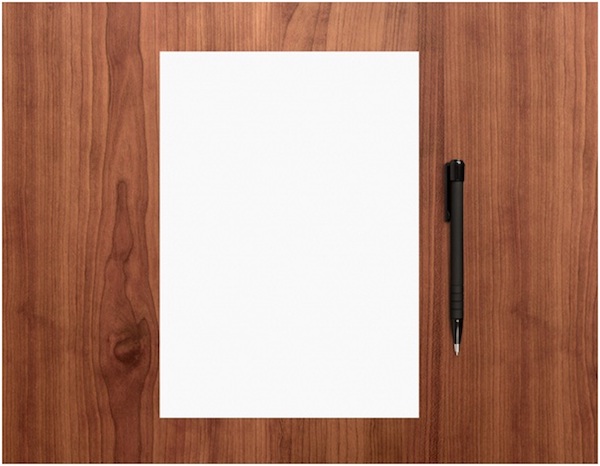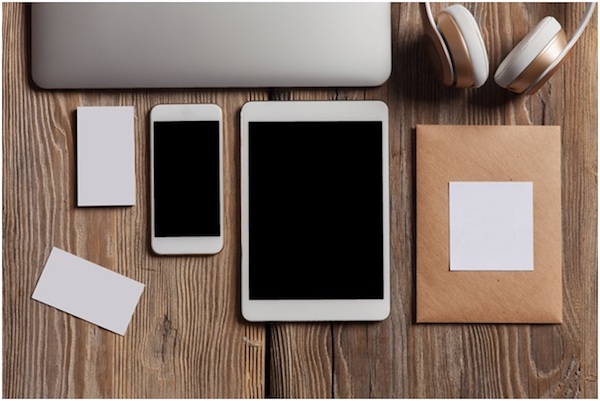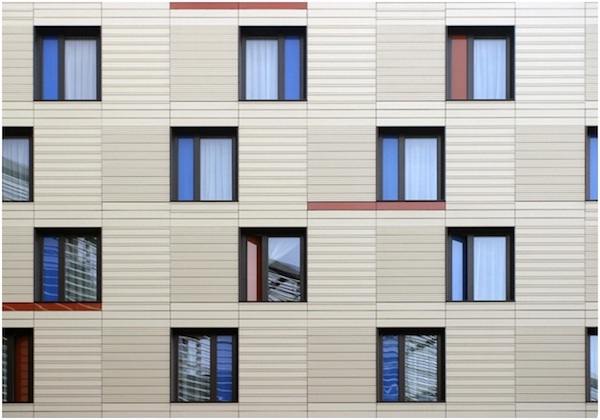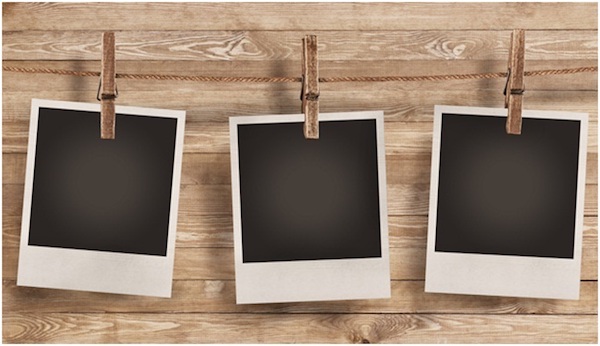From project management to social media campaigns, everything in modern business is now strategically planned. Regardless of the niche, fierce competition disallows any room for potentiality, which is why every decision has to be data-based, value-driven and pre-tested. And, while business strategies are being developed with an ultimate company goal in mind, design strategies are responsible for holistic initiating, planning, and executing an overall brand image in the most creatively effective way.
Still, for graphic designers, creative graphic design strategies are nothing more than projects that give a concrete purpose and direction to their otherwise personal aesthetic expressions.

As such, they are the roadmaps for visual and media components, both created as means for branding, marketing and, ultimately, profit and growth.
What Makes A Design Strategy Tremendous?

There’s a long list of factors that each design strategy needs to respond to, but only tremendous ones succeed. Along with the client’s needs and customer behavior, an effective strategy needs to consider changes in attitudes of both that ensure a long-term competitive edge for a client by troubleshooting problems and keep coming up with new, innovative, and trendy solutions.
Ultimately, it needs to establish itself as a visual part of the general branding strategy, thus setting a framework for the company’s unique identity, storytelling, and customer experience. Then, it has to keep up the good work with the utmost consistency and against all alternating factors.
And, since every digitally-native business strategy begins in an online environment, these 5 graphic design concepts are perfect for initiating your design strategy with an engaging website and then moving along to other aspects in the same color scheme.
- Functional Design: When User-Centricity Directs the Creative Process

Contrary to what your clients might believe design is not how it looks, but rather how it works. Especially when it comes to web design themes – and, let’s face it, they are crucial for today’s design strategies – functionality often precedes principles of art and creation. Intricate topography might look stunning on a product package, but if interfering with your website’s navigability, you will sadly have to give it up.
The form, to put it simply, needs to flatter the function, and it’s the only viable way of making your design both visually attractive and usable. However tempting for you as an artist, steer clear from unnecessary elements that clutter the space and make navigation slower. Instead, opt for simple solutions that promise visual hierarchy, seamless and quick accessibility and user-centricity.
Whatever you create, you’ll need it to load fast and flow smoothly, thus providing a delightful user experience in terms of both aesthetics and practicality.
- Responsive Design: Engagement On The Go

Now, functional designs never come without responsive elements, which is why you should definitely make them a focal point of your overall design strategy. Once again, it has everything to do with websites as a main representation of one’s brand, but its importance is so paramount that it influences all other decisions you’ll have to make.
Customer behavior is one of the crucial factors that creative design professionals need to answer and solve, and today’s customer behavior demands website accessibility on the go. However your client chooses to approach it, there’s no doubt that mobile responsiveness will affect your layout, navigation, and topography – in order to be clearly visible and intuitive on any screen size, a design has to be even simpler and provide greater functionality.
Always start structuring your concept with a mobile in mind – even if currently employed for a logo design, chances are great that the same brand will need a website to match it in the future.
- Modular Design: The Brick-by-Brick Approach

In terms of approach, traditional web designs have become obsolete a number of years ago, which means that the time has long passed for you to start thinking modularly. Being an approach rather than a specific style, the modular design streamlines the creative process and leads to more favorable results.
If you’re smart with your designs and you approach your projects methodically, the chances are great that you have already practiced modular design without even realizing it. Essentially, what makes it different from the traditional approach is the conceptualization process in which a designer starts small and builds an entire system from blocks, thus creating a structure that’s both unique in execution and formative in terms of style, feel and ambience that an overall design strategy should convey.
As a specific design style, on the other hand, the modular layouts reflect the explained brick-by-brick concept by separating content into grid patterns and making them visually compelling with gorgeous imagery and affluent color schemes.
- Flat Design: It’s Simplicity That Catches the Eye

Speaking of grid patterns, the flat design is currently the most popular and widely-used one, and it’s a great fit for design strategies that revolve around minimalism. There are, of course, other styles suitable for both functional and responsive design strategies, but going flat is most beneficial for a good reason – though overly simplified, it focuses on nothing more than the message it needs to convey, thus being faultless at delivering the most effective results.
But, how can one make minimalism visually engaging? Is it even possible, given that such an approach doesn’t leave any creative space for variations that will differentiate your design from somebody else’s? Though the layout will always remain more or less the same, flat designers are allowed to play with color schemes, simple illustrations and topography. Bold nuances, hand-drawn figures and sleek text are what brings flavor to minimalist designs.
And, if so catching when incorporated to a website, just imagine how potential flat design strategies are when it comes to logo, flyer, banner, and ad designs.
- Modern Retro Design: Nostalgia Is Always In Fashion

Still, nothing beats the good old feeling of nostalgia. If your client asks for your design strategy to have an oldies goldies feeling to it, don’t try to prove him wrong – modern retro designs are in style again, and if branding experts are to be believed, they were never out of fashion at all. From the view point of brand psychology, a retro touch evokes respectability, quality, and trust.
Ultimately, modern retro design strategies are insanely fun to work on; simple shapes and vivid colors resemble the flat style, while tech themes, pixel-based illustrations and custom typefaces reinterpret minimalism in an imaginative way. Though perhaps not suitable for any audience, a vintage design is still noticeable and attention-grabbing.
When it comes to USPs and competitive edges, this strategy is certainly the one to watch.
Whether you choose to focus entirely on functionality and responsiveness or make them a part of your module, flat or vintage design, remember that a tremendous design strategy starts where the customers are and gives them exactly what they want. As such, it goes hand in hand with effective branding and gives a much-needed backdrop to the story. Once you understand the real objectives and meet them with your artistic mind, a perfect strategy will present itself in a blink of an eye.
